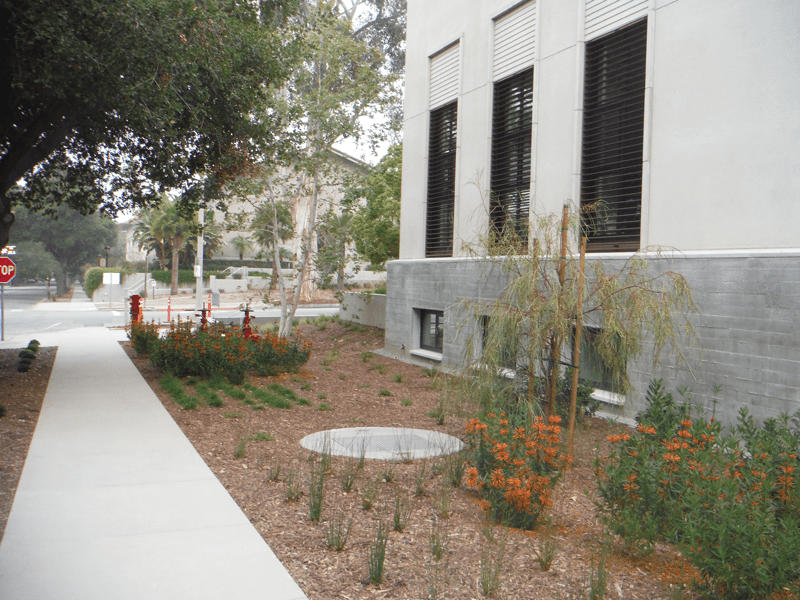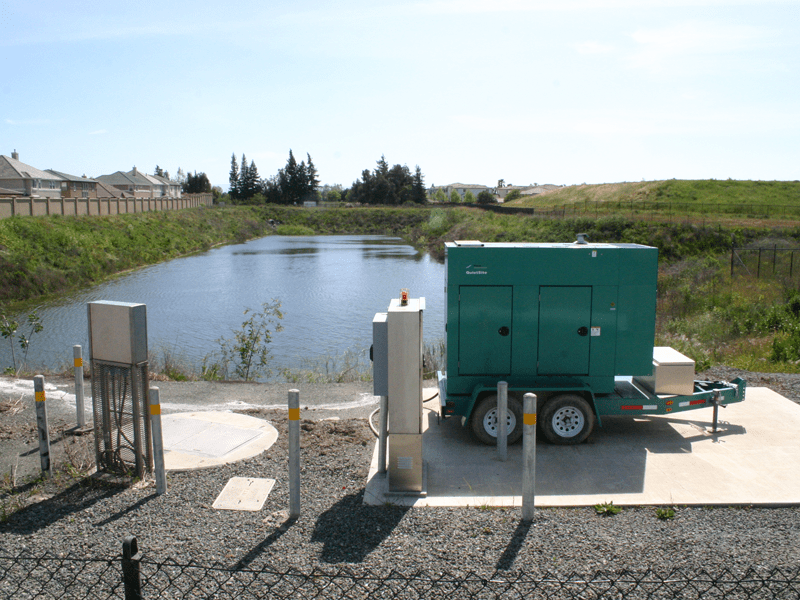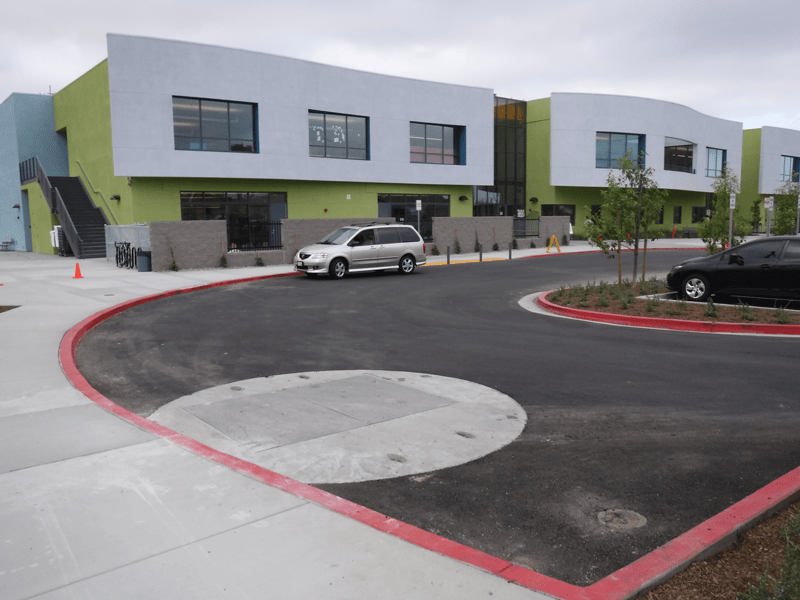
Romtec Utilities designs, engineers, manufactures, and supplies pump stations for all types of stormwater applications. In stormwater pumping, there are many strategies for how to handle the expected storm flows. These strategies are often developed around a single question. What happens if your pump station fails? The answer to that question is important because, unlike with wastewater and sewage, regulations don’t always mandate failsafe stormwater pumping. Understanding what’s at stake is where a good stormwater pump station design will begin. Let’s take a look at common scenarios for answering that question.
The first scenario is that if your pump station fails everything floods and valuable assets are ruined. Knowing only this piece of information will outline several concepts for the pump station design. Immediately, we know the pump station will need to “keep up” with any severe weather event. That means that the pumping rate will meet or exceed the most severe expected storm conditions. We also know that the pump station will require layers of redundancy: redundant pumps, redundant controls, and redundant level sensing. In this scenario, there may or may not be an associated detention pond, but by answering that a failed pump station will cause flooding, we also know any pond will not be able to contain the event.
When the pump station is charged with “keeping up” with severe weather, it typically means larger pumps that are sized for higher pumping rates will be used. While these pumps are perfect for handling the 20-year-storm, they are likely oversized for typical rainfall. Often, the best approach is to utilize a “jockey pump” or mismatched pump sizes with corresponding force mains. Every application is different, but wtih this type of stormwater system, Romtec Utilities understands the unique design challenges that can be faced with a pump station that must not fail in any stormwater scenario.

The next scenario is that if your pump station fails a pond (or other area) fills up or overflows without causing major damage. We know from this answer that the pump station will need a defined pumping rate that will empty the pond at a reasonable speed and use a pump that is sized to match. It will also mean that the pump station will maintain a specific level for the pond or the well. A detention pond will almost always be emptied, while a retention pond will maintain some level of water year round. In either scenario, the pump station design will not be significantly impacted, as many aspects like redundancy, valve assemblies, and level sensing will be left to the preferences of the customer and the specific application.
When the pump station is only relied on to empty a pond, it means that the pump station can be designed very simply and affordably. In this scenario, simplex pump stations are very common, meaning there is only a single pump. Other challenges arise related to the pond itself. It may be necessary to have a type of intake structure to protect the pump station from solids or sediment in the pond or from a parking lot. These structures can range from simple weir walls to bar screen vaults. In a scenario where pump station failure is not catastrophic or severely consequential, the design can be much simpler and can take into account many preferences from the owner.

Romtec Utilities designs and supplies site-specific pump stations for stormwater applications across the country. This type of work has taught us that a simple question at the beginning of the project can help direct the design conversation toward providing the best pump station for your specific scenario. Working with Romtec Utilities is the best option for getting your stormwater pump station engineering started. Contact our sales staff today to learn more about our pumping systems or to get started on your project.

Comments 2
I have a client in Athens GA that is constructing a new gas station- The designers failed to observe some existing utilities that preclude gravity flow from his detention pond to the local storm sewer. He sees the only way to solve the matter is installing a Stormwater pump station – likely be a low head and fairly low GPM station. Would appreciate a follow up– I am in the process of getting some plans from him– I’ve not been on site nor seen any plans
Regards, Jerry Hood
Author
Jerry,
Thank you for contacting Romtec Utilities!
We will be in touch with you soon.
Sincerely,
Romtec Utilities